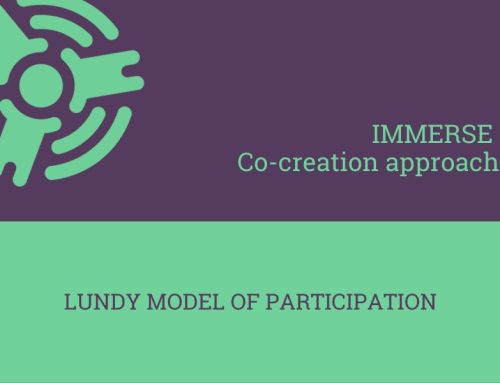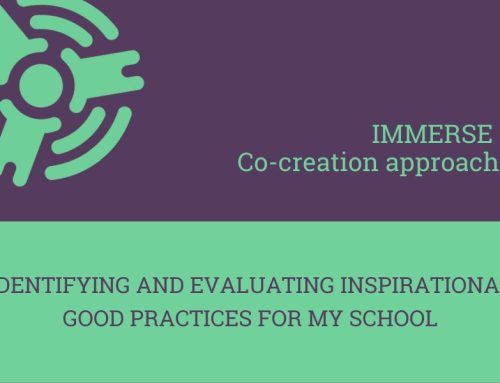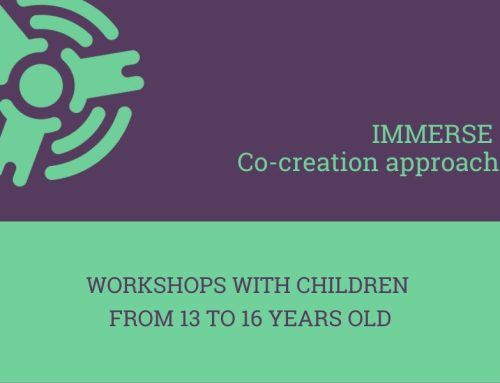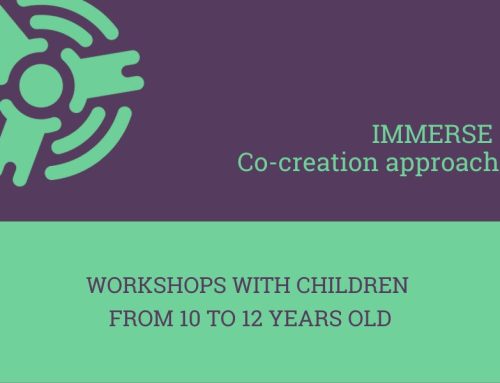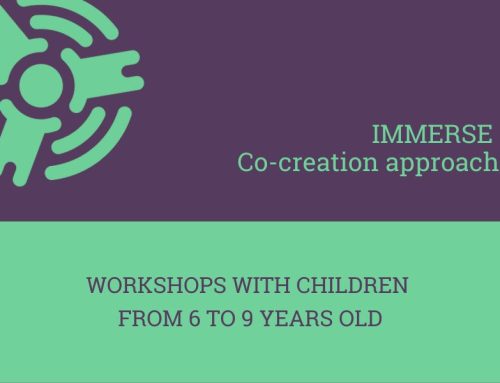Using Power: Brainstorm/Tableau
| Strengths
Group members can recognise how power is permanently used by every one of them and visually see the impact of power using. During the discussion, participants work together and improve each other’s ideas and actions. Shy group members don’t have to actively play a ‘role’ in the snapshot but are involved by the expression the role game affected on them. Weaknesses It could be that participants don’t really have an opinion on a topic. In that case, the facilitator should be provided with some examples of power-using. Aim Group members recognise that every action has an impact on the surroundings and power is present in every moment and can be positively used. Objectives
Materials
|
Procedure Part 1: Definitions and Brainstorms. The facilitator asks the group what is the first thing that they think of when they hear the word ‘power’. Get a few quick responses from the group. The facilitator can then explain that we all use power; what is important is ‘how’ we use it. Some may use ‘Power-Over’–Power used to gain or maintain domination or control over others. Write that term on the board/paper and ask group to brainstorm examples. Allow for discussion. Then ask group what an alternative way of using power may be? Some may have heard of ‘Power-With’ – power used collectively or co-operatively as a group of equals. Write that term up as well and allow for group to brainstorm examples of power-with being applied. Part 2: Power Tableaus Small groups of 3-4. Choose one of these scenarios of power-over that was listed and as a group create a ‘snapshot’ (a freeze-frame that represents that somehow). Ask the participants to notice how they feel in their ‘role’. One group at a time come out of your snap shot and look around the room for a moment – notice expressions, body language, etc. Repeat this for Power-with and Power from as time allows. Then discuss and clarify the consequences of using Power. Always check carefully if everybody in the group has understood the two terms and the difference between them. Allow time for questions, comments, and discussion. |
|---|
Get to Know Each Other: Everyone is a Liar (Two Truths and one Lie)
| Strengths
Useful and fun for starting a meeting or after a break in a group where participants don’t know each other or don’t know much about each other. Weaknesses Individuals who don’t like the idea of “lying” may have a difficult time with this. Aim To help everyone to learn names and personal/professional information. Objectives
Materials
|
Procedure Facilitator writes three statements on the board. Two statements are true, and one is a lie. Example
Invite participants to ask “lie detector” questions to get information in order to determine which statement is false. For example:
Participants vote on which statement is a lie. Reveal which are truths and which are lies. Place participants in small groups (3 or 4 works well). Small groups repeat steps 1 – 3, individuals write down their truths and lie on paper first, then share one by one while others ask questions, vote on which statement is a lie. Have participants introduce each other to the large group. |
|---|
Imagine the Future: Setting Goals
| Strengths
If you have a fixed group which identifies with the same ideals and wishes to change something in their surrounding or start a campaign, the session is perfectly designed to specify the action and the proceeding. Further it can be used to encourage every single participant to think about their own future goals and implement the exercise by pairing the participants and discuss in these groups the goals and proceedings of each individual. Weaknesses The goal which is set could seem too high for the participants. Aim Develop goals, including short and medium range goals and at the same time recognise potential dangers and how to avoid them. Objectives
Materials
|
Procedure To ‘imagine the future’ start by placing a vision the group shares at the top of a piece flip chart paper. Underneath write goals that the group thinks would need to be achieved to make that vision a reality. Ask the group to choose one of the goals that is most appropriate for them to work toward, and to assign a date in the future when it could be reached. Encourage the group to imagine they are already in that year; their vision has been fulfilled! Ask the question: what conditions had to be met for the goal to become a reality? What changes needed to take place? How did people’s attitudes and behaviour change? Were there changes in government policy, or in other institutions? When did these changes happen? Place the important changes on the paper, beginning with the goal and working backwards from the goal (future) to where you are now (the present). Once you have a complete picture, all the way from the campaign goal to the present moment, it might be helpful to prioritise the changes you need to achieve. You could use a table from the number 4 (sufficient), to 0 (irrelevant/neutral). Changes which are irrelevant should be taken off the chart. In addition, you might add changes which would be threatening to the vision or campaign goal, and which need to be avoided. This can help to make you aware of dangers to your strategy. Encourage reflection on each change, moving further from the goal back to the present situation. |
|---|
From Activity to Discussion
| Strengths
Well-fitting as preparation for further discussion about conflict. Weaknesses Session suitable for calm, attentive atmosphere. Unfitting for energetic group dynamic. Aim Session suitable for calm, attentive atmosphere. Unfitting for energetic group dynamic. Objectives
Materials
|
Procedure The task: Write down five points which characterise a good conflict. If participants do not have personal experience of a good conflict, then think hypothetically. Ask the participants to re-write the exact opposite of the first five points. Share the participants into small groups and ask them to choose which three points they think represent the greatest problems in conflicts according to their lists. The group can then brainstorm around how to transform a destructive conflict management to constructive conflict management around the points they have chosen. Present the findings in the whole group. |
|---|
Spectrum and Cross Spectrum (also known as Barometer)
| Strengths
Group members can evaluate how different opinions emerge and get an understanding of each other. At the same time participants decide together what makes an action violent or nonviolent. Weaknesses Positions of participants can have a great difference, which need space for evaluation. Aim Test or illustrate the breadth of opinion within a group and identify what makes an effective action. Objectives
Materials
|
Procedure Identify a space where group members can place themselves along a line. The two ends of the line represent polar opposites: agreement, disagreement, ‘I would/I wouldn’t’. Present a clear statement or scenario and ask people to stand in a place on the spectrum that represents how they feel about it. Make it clear that there are no ‘right’ or ‘wrong’ answers, just different opinions, and that it is important to listen to each other and try to understand each other’s’ perspectives. Encourage to say ‘I think that…’ or ‘I feel that…’. Everyone should speak for themselves. Ask participants to explain why they have stood where they are; encourage brief, snappy responses. If the group is large, invite participants to discuss with those near them why they have chosen to stand where they have; this helps everyone to participate and voice their position, even if there isn’t time to hear everyone in the full group. Variation: ‘Cross spectrum’: effectively, two spectrums on different axes. Possible: labelling ends ‘violent/nonviolent’ and ‘effective/ineffective’. Going through a range of action scenarios; participants have to decide to what degree they think an action is violent/nonviolent etc. As above ask participants to say why they stood where they did. Use examples that might be controversial. Participants might be tempted to immediately move into a discussion after the first person has explained why they have stood where they are. Watch for this – if it happens, ask participants to complete the sentence “I am standing here because…”. |
|---|

